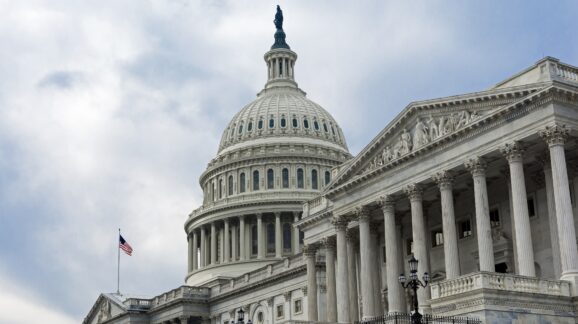Congress Should Confront Significant Rules And Regulations Obscured By “Bidenomics”
This past week, the number of rules and regulations in the 2023 Federal Register crossed the 2,000 mark. At 59,438 pages today, the tally will top 60,000 before September arrives.
As Congress prepares to head back to town, this is an appropriate moment to reflect upon the heftiness of and burdens imposed by the rules contained within the Federal Register’s deep and hidden corners.
Up until Joe Biden’s April Executive Order 14,094 on “Modernizing Regulatory Review,” rules with $100 million in annual effects were deemed “economically significant.” Now, however, that term has now been dropped by the Office of Management and Budget, A threshold of $200 million is now required for a rule to be deemed “Section 3(f)(1) significant,” referencing a clause in the Clinton-era regulatory-review directive that Biden sees himself as upgrading.
Less-costly rules that raise inconsistencies across agencies, “materially alter” federal programs’ budgetary effects, or that raise novel legal or policy issues can still be designated “significant regulatory actions” in the Federal Register. But towering over all that is the central fact that actions costing up to $200 million are no longer automatically considered significant ones.
Adding to this concern is that revisions underway to OMB (“Circular A-4) regulatory review guidelines render it likely that more rules normal citizens would regard as significant will no longer be recognized as such, garner less oversight, and remain obscured among the thousands issued annually.
A foothold here for congressional overseers may be that “major rules” are still defined by a legislative threshold of $100 million rooted in the Congressional Review Act (CRA). Granted, action taken under the CRA’s auspices are another matter, but the tool is undeniably there. For present purposes, as the Federal Register search database does not readily isolate “major” rules (one must suffer to find them), further analysis of the sub-$200 million population must await the Fall 2023 Unified Agenda of federal regulatory and deregulatory actions.
Read the full article on Forbes.
